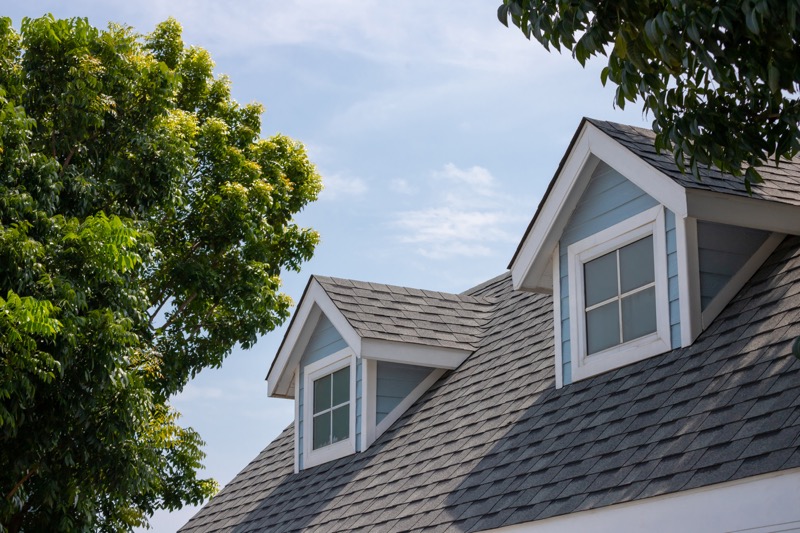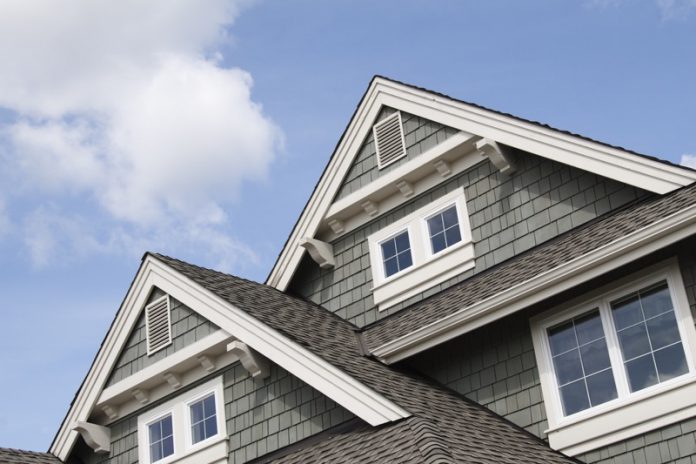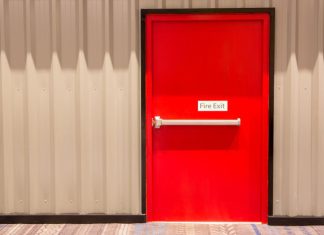Your roof is one of the most integral parts of your home. Protecting you from the Canadian elements and small critters, your roof works tirelessly to maintain the soundness of your home. In return, informed homeowners should take the necessary steps to preserve the condition of their roofing, thus prolonging the lifespan of their roof. Additionally, when the time comes, it’s important to replace your roofing when you begin to see signs of ageing or damage.
For the most part, we consider poor weather conditions to be the main perpetrators of roof damage. Whether it’s golf ball-sized hail, intense winds, or heavy snow, it’s a fair assumption to believe that your home is only at risk during miserable weather. However, it may surprise you to learn that those sunny summer days can actually impact your roofing as well. But how is this possible? Let’s take a look.
Thermal Shock
One of the most significant ways your roofing is affected during the summer is by thermal shock. Typically, the days are quite warm, but the air cools off at night. Your roof responds in kind, expanding and retracting to adjust to the temperatures. This can be hard on your roofing and cause tension in the material, thus leading to thermal shock. This ultimately weakens the integrity of your roofing and causes your roof to age much more quickly.
The degree to which thermal shock impacts your roof can definitely vary based on your roofing materials. Metal roofs, for example, may begin to warp more quickly than asphalt shingles.

UV Rays
While your home’s roofing system is constantly exposed to the sun, the UV rays are more intense during bright, cloudless days. This can cause the natural oils in your shingles to begin to dry out more quickly, resulting in the bleaching, cracking, and weakening of your roof. UV rays will also cause your shingles to discolour over time, giving your home a more aged and washed-out appearance.
Fortunately, this is a concern that you can proactively tackle. There are roof coatings available that can help to direct some of the UV rays away, thus minimizing the damage. These coatings typically last between ten and fifteen years.
High Temperatures
Your roof is likely to take the brunt of any effects that result from extreme temperatures and sunlight. This is especially true for roofs composed of darker materials, as the dark colours will absorb more heat. Every material has its melting point, so while your roof isn’t about to liquefy on you, the components that make up your roof will begin to break down and weaken as they start to heat up.
Summer Storms
As every Canadian can attest to, even summer has its crummy days. Particularly following a heatwave, you can expect severe thunderstorms to make an appearance, sometimes featuring fast winds and hail. This can result in damage to or dents in your roofing, and well as missing shingles, which can be frustrating and difficult to plan for.
It’s important to note that the first three issues– thermal shock, UV rays, and high temperatures– are cumulative; one week of hot temperatures will not leaving you looking for a new roof. Simply remember to keep an eye on your roof during all times of the year, summer included, to allow you to notice any drastic changes as soon as they occur. Additionally, keeping your attic well ventilated will help to elevate the stresses that these issues can put on your roofing. Your roof is an investment, so make sure you’re taking the time to care for and protect it.















